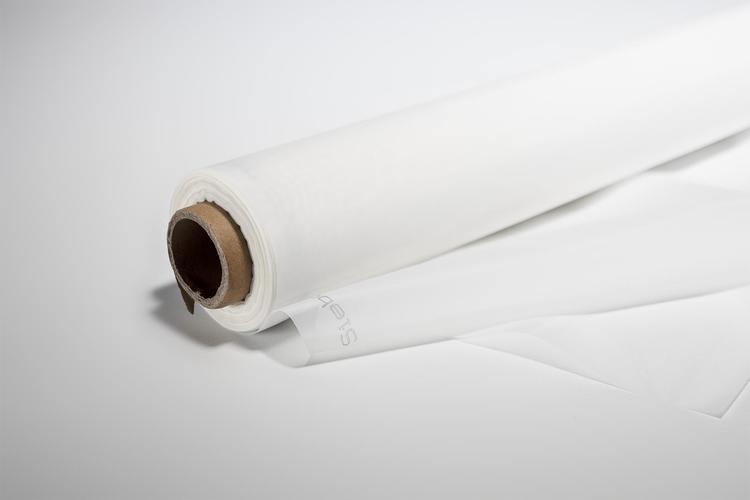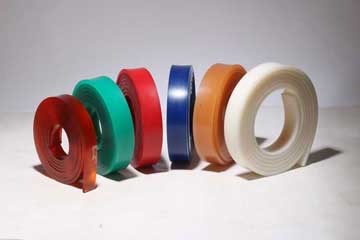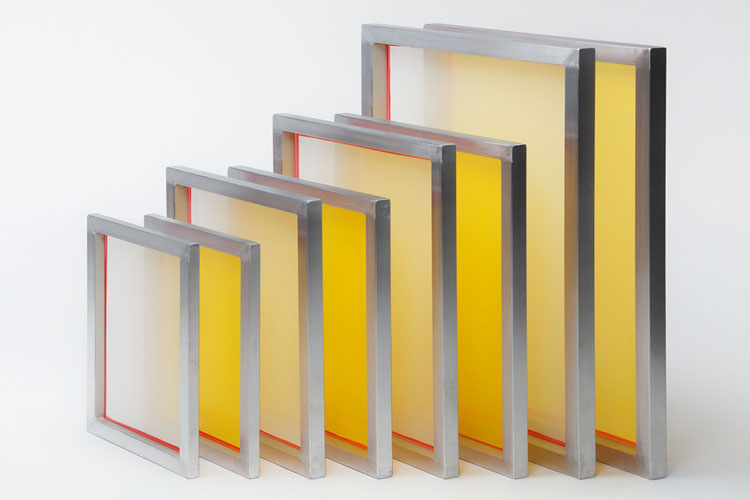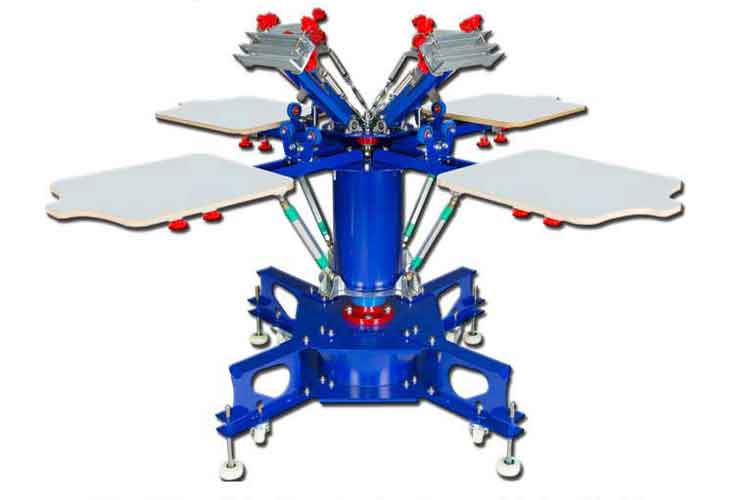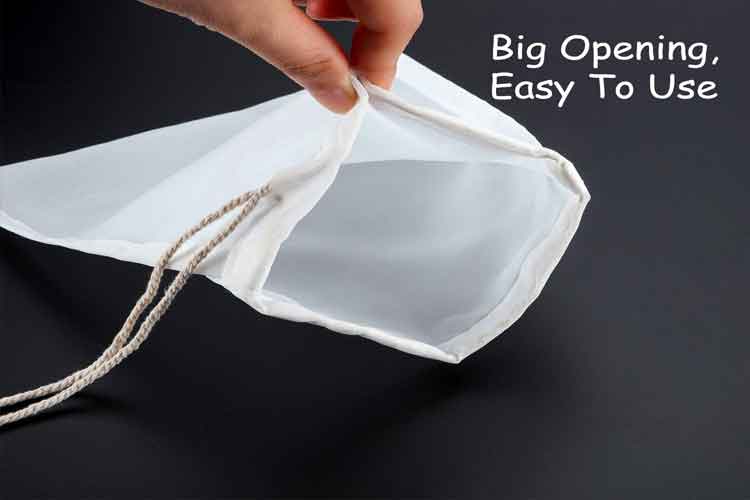Best micron bag for pressing bubble hash — the practical buying guide that saves you time
Finding the Best micron bag for pressing bubble hash for your operation means pairing the right micron range with solid bag construction and the proper press technique. Start with a small kit that spans fine to coarse, run controlled tests, and standardiz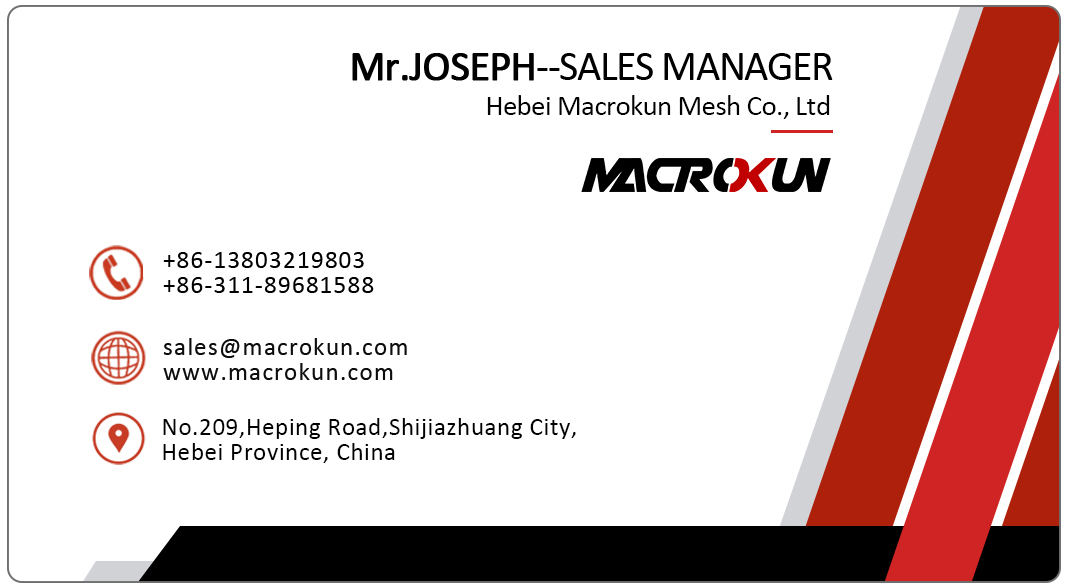
You’ve seen the debate, you’ve read the threads, and now you want an answer that actually helps you get consistent, high-quality results. This guide cuts through noise and gives clear, actionable advice on the Best micron bag for pressing bubble hash, how to choose depending on your goal (purity vs yield), what to expect from different sizes, and which practical kit choices consistently deliver predictable rosin and hash when pressing.
Why micron size matters more than brand logos
Micron size controls what passes through the bag and what stays in the puck during pressing. Too large a micron and you carry plant contaminants and unripe material through the bag, muddying color and taste; too small a micron and you can trap desirable mature trichome heads, losing yield and clogging the bag or causing heat buildup. Choosing the Best micron bag for pressing bubble hash is therefore about balancing particle retention, flow, and robust press behavior.
(One practical result of this tradeoff: many experienced users report best eating/consumption quality coming from mid-range microns that capture mature heads while letting going the smallest debris.) Mobius Trimmer+1
Common micron ranges and what they actually collect
Below are the practical buckets you’ll see in both kits and lab tests; use them to match your pressing goals.
-
~15–45 µm (very fine): captures finest trichome fragments; often yields very clean, potent rosin but at lower mass and higher risk of clogging the bag during press. Good when ultra-clean final product is the priority. The Press Club+1
-
~45–90 µm (mid range): frequently recommended as the sweet spot for live hash/pressing—keeps mature heads, rejects some plant junk, and preserves a usable yield. Many users find this range to be the best tradeoff for taste and quantity. Mobius Trimmer
-
~90–160+ µm (coarser): captures more mass (higher yield) but pulls in more plant matter; commonly used when volume and rosin output matter more than absolute clarity, or when pressing flower rather than bubble hash. The Press Club
If your goal is “most flavorful and clean for consumption or live rosin”, aim toward the mid 45–90 µm range. If your goal is “maximize rosin for extraction or sale by weight”, lean coarser. Multiple sources and community testing reflect these tradeoffs. Mobius Trimmer+1
How pressing behavior changes with micron selection
Micron affects three pressing variables:
-
Flow & pressure: finer microns restrict flow and require gentler, longer presses; mid microns allow quicker flow and shorter cycle times.
-
Temperature dynamics: a slower flow can trap heat; choose temperature profiles carefully for finer bags.
-
Clogging risk: the smaller the micron, the higher the potential for blockage; staged pressing (prefilter or two-step pressing) reduces this risk.
A practical tip: when trying a finer bag, reduce plate temp slightly and extend dwell time; this often results in better yield without scorching.
Why kit choice and mesh quality matter as much as micron number
Micron is just one dimension. Bag construction — mesh uniformity, stitch quality, and material (nylon vs polyester) — affects performance. Cheap bags with inconsistent mesh deliver inconsistent results even if they advertise the same micron. For a stable setup pick reputable kits or suppliers with consistent mesh standards and reinforced seams; that consistency helps a bag labeled as the Best micron bag for pressing bubble hash actually perform like one. rosinevolution.com+1
Practical workflows: choosing the best bag for your press and material
Here are three common, field-tested workflows with recommended micron picks:
-
Live/High-quality small batches (taste first): Start with a 45–73 µm bag set for pressing bubble hash, test 73 µm first for color/clarity; try 45 µm if you want even finer results. This lineup often gives the cleanest rosin with good flavor. Mobius Trimmer
-
Balanced production (taste + yield): Use a 73–120 µm bag as primary; keep 45 µm on standby for small, premium runs. Many pros report the 73–120 µm band as a reliable compromise. Mobius Trimmer+1
-
Max yield (sales by weight / bulk pressing): Use 120–160+ µm for maximum flow and yield; be prepared to do post-filtering if needed for clarity. The Press Club
If you’re starting out, buy a small variety pack (25–220 µm kits are common) and map results — color, yield, flavor — to each micron. Over a few runs you’ll know the specific “best” bag for your strain and press.
How to evaluate quality: quick metrics to log every run
To find your personal Best micron bag for pressing bubble hash, track these KPIs:
-
Yield by weight (%) relative to input.
-
Color/clarity (visual score 1–5).
-
Terpene / flavor score (taste panel or organoleptic note).
-
Press time & temperature and any clog events.
-
Bag integrity after use (tears, seam failures).
Log 3–5 runs per micron to average out batch variance; strains behave differently and the same micron can perform differently across genetics.
Press technique tips that pair with bag choice
-
Pre-freeze materials and keep everything cold (live rosin workflows benefit from frozen handling).
-
Use a rosin press mesh or filter sheet inside the bag to distribute flow and prevent small particles from contacting the bag directly.
-
Don’t overfill the bag — a loosely packed puck with consistent thickness presses more evenly.
-
Slow and steady pressure ramps work better with fine microns; aggressive squashes burn terpenes and make bags clog.
Combining technique with the right Best micron bag for pressing bubble hash produces repeatable, high-quality rosin.
How to shop: what to ask suppliers
When buying, ask suppliers:
-
Exact micron verification method (how they measure micron rating).
-
Mesh material and thread count (uniformity influences results).
-
Reinforced seams and supplier sample policy (try before you bulk).
-
Recommended use cases (some bags are better for dry sift vs wet bubble hash).
If a supplier can’t provide samples or basic mesh specs, treat them cautiously. Reputable kits usually list a standard set of microns and provide decent mesh quality. rosinevolution.com+1
Quick buyer’s cheat sheet (one-page summary)
-
If you want pure flavor and clarity: start at 45–73 µm.
-
If you want reliable balance (taste + yield): try 73–120 µm.
-
If you want maximum mass: go 120–160+ µm and consider post-processing for clarity.
-
Always test: use samples and log metrics.
-
Look for quality mesh and good seams—micron alone isn’t enough. Mobius Trimmer+1
Final pitch — make the smart bag choice once and press confidently
Finding the Best micron bag for pressing bubble hash for your operation means pairing the right micron range with solid bag construction and the proper press technique. Start with a small kit that spans fine to coarse, run controlled tests, and standardize on the micron that delivers the flavor/clarity/throughput you need. Do that and you convert a guessing game into predictable, repeatable quality — and that predictability is what real customers and consistent margins are built from.
Tags: 0.1 micron filter bag 0.5 micron filter bag 1 micron filter bag 50 micron filter bag 25 micron filter bag 10 micron filter bag 1000 micron filter bag 5 micron filter bag micron filter bag micron filter bags 25 micron filter bags 100 micron filter bag 180 micron filter bag 250 micron filter bag 200 micron filter bag 200 micron filter bags 100 micron filter bags 1 micron filter bags micron filter bags near me 05 micron filter bag 30 micron filter bag 150 micron filter bag 10 micron filter bags 200 micron filter bag wholesale 0.1 micron filter bag wholesale 500 micron filter bag 400 micron filter bag 50 micron filter bag wholesale 400 micron filter bag wholesale 20 micron filter bag 0.1 micron filter bag factory in china 500 micron filter bag factory in china 20 micron filter bag wholesale 5 micron filter bag wholesale 250 micron filter bag factory in china 150 micron filter bag wholesale in china micron filter bag wholesale in china 190 micron filter bag 400 micron filter bag factory in china
Pre:Best screen size for dry sift: Unlock Cleaner, Higher-Value Results
Next:Why kief sifting screens should be the first tool in your hash workflow
Tags:
